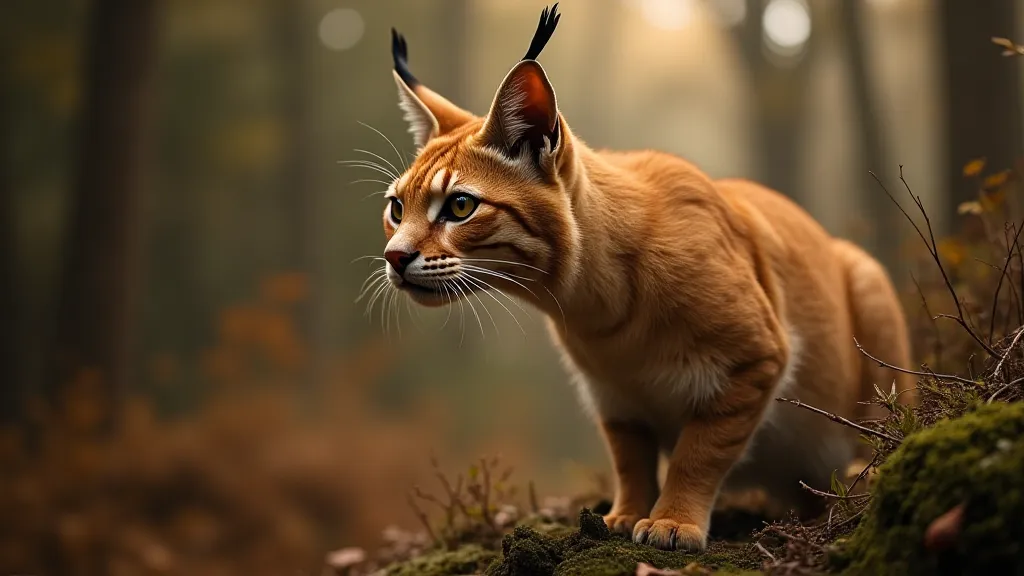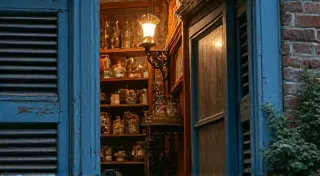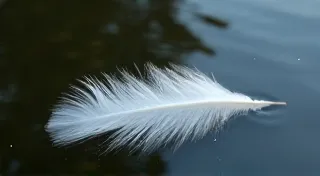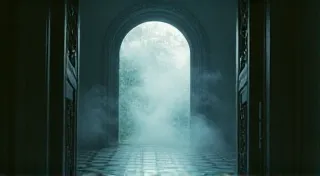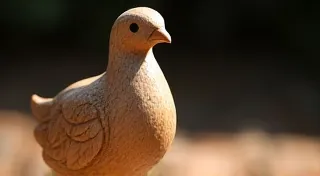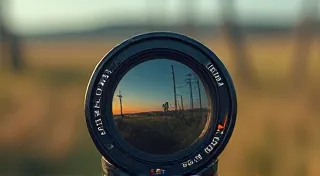Beyond the Glass Eyes: Considering the Animal's Perspective in Antique Taxidermy
There’s a peculiar stillness in antique taxidermy. It’s not merely the absence of movement, but something deeper; a frozen moment suspended between life and… something else. When you stand before a century-old fox, mounted with meticulous detail, or a majestic stag peering eternally into the middle distance, it’s impossible not to feel a sense of melancholy. It's a feeling amplified by the knowledge of the animal's history, its life abruptly ended to be immortalized in this still, silent form.
My own introduction to the world of antique taxidermy wasn't through a collector’s catalogue or a seasoned auction. It happened unexpectedly, stumbling upon a small collection housed in the dusty attic of my grandmother’s Victorian home. A badger, a robin, a rather unfortunate-looking weasel, all staring out with disconcerting realism. Each piece held a story, whispered from the past. The badger, my grandmother explained, had been a prized possession of her great-uncle, a renowned naturalist in his day. He's the one who started it all for me, sparking a fascination that has only grown with time.
A History Etched in Form
The history of taxidermy is intertwined with our changing relationship with the natural world. Early forms of preservation, practiced by indigenous cultures for centuries, were often driven by necessity – preserving food or sacred objects. The 18th and 19th centuries saw the rise of “stuffing,” a rather crude method involving straw and wires. These early attempts often resulted in distorted or comical representations, a far cry from the artistry we associate with the golden age of Victorian taxidermy. The development of arsenic-based preservatives, while initially effective, also presented significant health risks, contributing to the eventual shift towards safer alternatives.
The Victorian era witnessed a flourishing of taxidermy, driven by a surge in scientific exploration, a growing interest in natural history, and a desire to bring the wild into the domestic sphere. Wealthy families displayed animal mounts as symbols of status and accomplishment, while museums and educational institutions utilized them for teaching purposes. Taxidermists became skilled artisans, painstakingly recreating the animals’ anatomy and posture, striving for realism and artistic merit. The skill wasn's simply about replicating form, it was about attempting to capture something of the animal's spirit—a fraught and often contradictory goal.
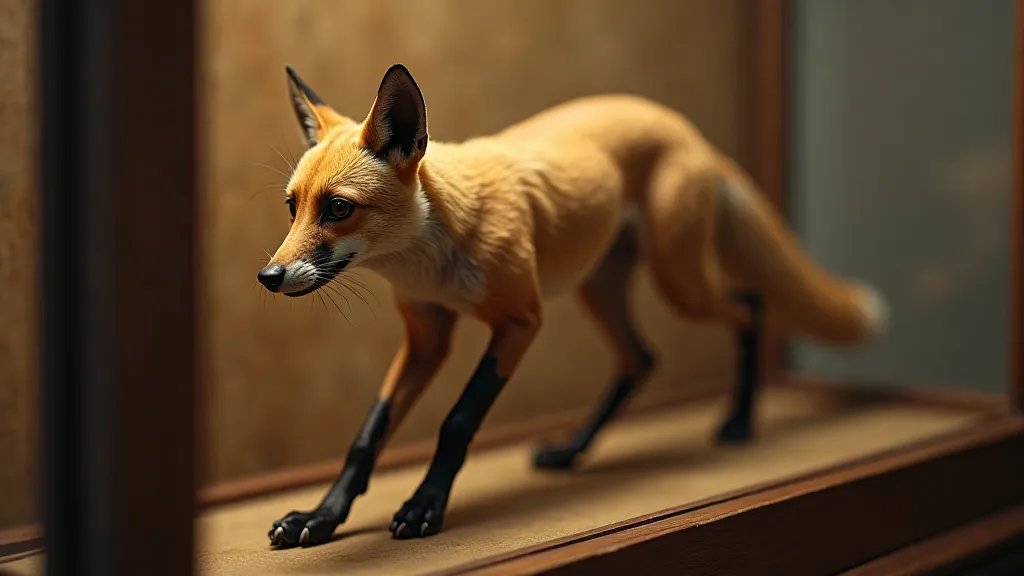
The Ethical Tightrope: Respecting the Lost Life
The practice of taxidermy, even when executed with the highest artistic skill, raises fundamental ethical questions. We are, after all, creating representations of creatures that were once living, breathing beings. Acknowledging the inherent dignity of the animal, even in its preserved form, is paramount. It's not about justifying the past; it’s about engaging with it thoughtfully and respectfully. The taxidermist's craft, at its best, can serve as a form of memorial, a poignant reminder of the beauty and fragility of the natural world.
The methods used to obtain specimens in the past were often far from ethical. Sport hunting, often driven by trophies and bragging rights, played a significant role. While ethical sourcing is increasingly important today—with specimens often sourced from roadkill or animals that have died of natural causes—it's crucial to be mindful of the animal's history and to approach the practice with a sense of responsibility. Understanding the origin of a piece is not simply about verifying its provenance; it's about acknowledging the life that preceded its preservation.
Decoding the Details: Identifying Antique Specimens
Identifying antique taxidermy specimens can be a rewarding, albeit challenging, pursuit. Several factors contribute to a piece’s age and value, including the species represented, the quality of the craftsmanship, the materials used, and the provenance. Early specimens often exhibit telltale signs of age, such as faded colors, cracking or flaking paint, and the use of now-obsolete preservation techniques. The eyes, often made of glass, can provide valuable clues. Older mounts frequently have less realistic, almost painted-on eyes, while later specimens feature more sophisticated, three-dimensional eyes that capture a sense of life.
The pose itself is also indicative of the era. Early taxidermy often featured stiff, unnatural poses, while later mounts display greater attention to anatomical accuracy and naturalistic positioning. The base or display case is also an important detail. Elaborate, hand-carved bases were common during the Victorian era, while later mounts were often displayed on simpler, more utilitarian bases.
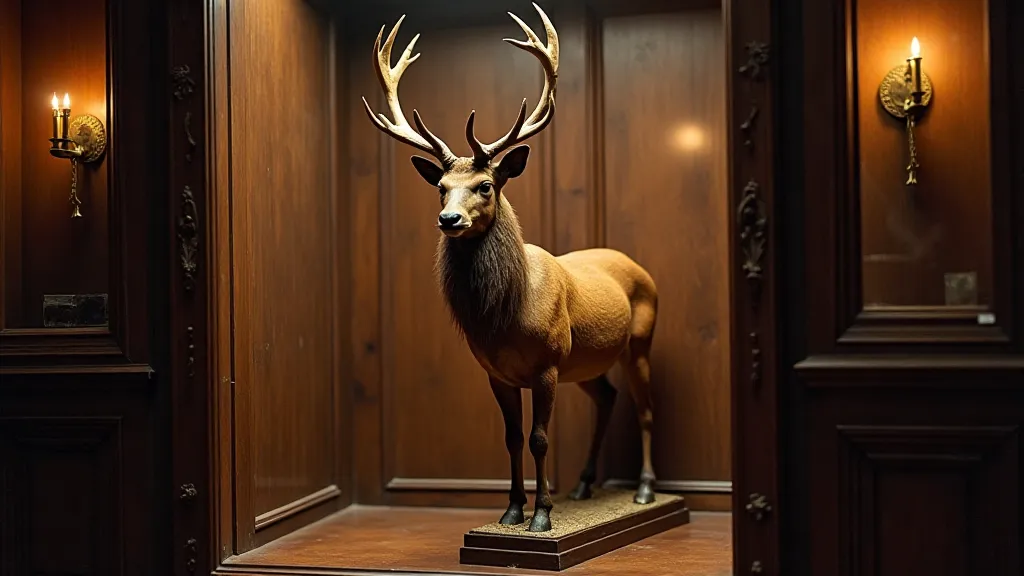
Restoration and Preservation: Honoring the Past
Restoration of antique taxidermy is a delicate process that requires specialized knowledge and skills. The goal is not to return the specimen to a pristine state, but rather to stabilize its condition and preserve its historical integrity. Overly aggressive restoration can damage the specimen and detract from its value. Gentle cleaning, repair of minor damage, and re-mounting techniques may be appropriate, but any intervention should be undertaken with the utmost care and respect for the piece’s age and originality.
Preventative conservation is equally important. Proper storage conditions, including humidity control and protection from direct sunlight, can help to slow down deterioration. Regular inspections can help to identify and address potential problems before they become severe. Remember, these aren't merely objects; they're tangible links to a past that deserves to be cherished and understood.
More Than Just a Mount: A Window to Another Time
Antique taxidermy offers more than just a glimpse into the natural history of the past; it provides a window into the values, beliefs, and aspirations of the people who created and collected them. It's a reminder of our complex relationship with the animal kingdom and a challenge to reflect on our role as stewards of the planet. The stillness of the glass eyes can be profoundly moving, prompting us to consider the life that once filled them, and the stories they hold—stories that extend far beyond the boundaries of the display case. The silent testament to a life lived, now immortalized in a moment frozen in time, reminds us of the beauty, fragility, and inherent dignity of every creature that shares our world.
